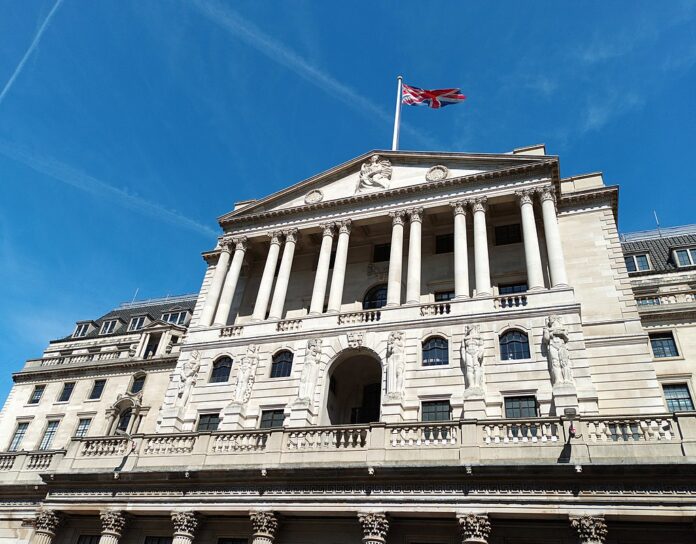Interest rate cut to 4.75% may ease mortgage payments, but inflation concerns could limit future cuts
The Bank of England has reduced the UK interest rate from 5% to 4.75%, signalling a potential shift in the trajectory of rate cuts amid ongoing inflation concerns. While the rate cut aims to provide economic relief, the Bank cautions that further reductions may be gradual. Following last week’s Budget, the Bank forecasts a slight inflation increase due to government spending measures.
Governor Andrew Bailey noted that while the economy could benefit from increased spending, measures like raising the cap on bus fares and applying VAT to private school fees could contribute to inflationary pressures. “The path is downward from here,” Bailey told the BBC, “but I emphasize gradualism due to global and domestic risks.”
Investors now expect the Bank to hold rates steady at its December meeting, with predictions for a slower decline to around 3.5% by early 2026. Previously, analysts anticipated a target closer to 3%. Capital Economics economist Paul Dales revised his outlook, suggesting rates may remain higher for longer.
The Monetary Policy Committee voted 8-1 in favour of the rate cut, with only Catherine Mann opposing, citing inflationary concerns. Recent inflation data shows a temporary rise, largely due to energy price hikes, and the Bank now projects a return to the 2% inflation target by 2027, a year later than previously expected.
Embed from Getty ImagesSarah Coles, head of personal finance at Hargreaves Lansdown, commented, “The Bank of England has delivered one more cut for the road before it’s widely expected to shut up shop for a while and wait for the dust to settle.” Coles added that higher wages and increased National Insurance contributions could keep inflation elevated, limiting the Bank’s flexibility for additional cuts.
For mortgage holders, the rate cut may provide immediate relief. Around one million borrowers on variable and tracker mortgage plans should see slight reductions in monthly payments. However, mortgage rates remain historically high, with average two- and five-year fixed rates standing at 5.4% and 5.1%, respectively, according to Moneyfacts.
Savers, on the other hand, are likely to feel the impact of the cut as banks and building societies adjust savings rates. The average return on easy-access savings accounts is around 3%, but reductions are expected as lending institutions follow the Bank’s lead.
Chancellor Rachel Reeves acknowledged the positive effect of the rate cut but emphasized that economic challenges remain. “Today’s interest rate cut will be welcome news for millions of families,” Reeves said, adding that the government is focusing on “long-term decisions to strengthen the economy.”
The opposition voiced cautious optimism, with Shadow Chancellor Mel Stride stating that the rate cut “builds on efforts to manage inflation,” though he warned that recent budgetary choices could keep inflation higher than desired.
For savers like Claire Hopwood and Gavin Laking, the rate cut has tempered their enthusiasm. The couple has been saving for a house and enjoyed a 4.5% rate on one account, now reduced to 3.9%. Gavin remarked, “It’s frustrating how quickly rate cuts impact savings.”
As the Bank proceeds cautiously, economists and policymakers will continue to monitor inflation and economic growth in determining the course of future rate adjustments. The UK Interest Rate Cuts signal a strategic move aimed at balancing economic stability and inflation control. The rate cut, while beneficial for borrowers, reflects a measured approach amid complex economic dynamics.
